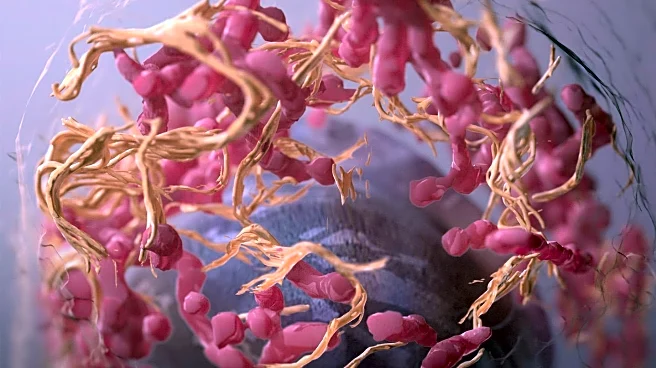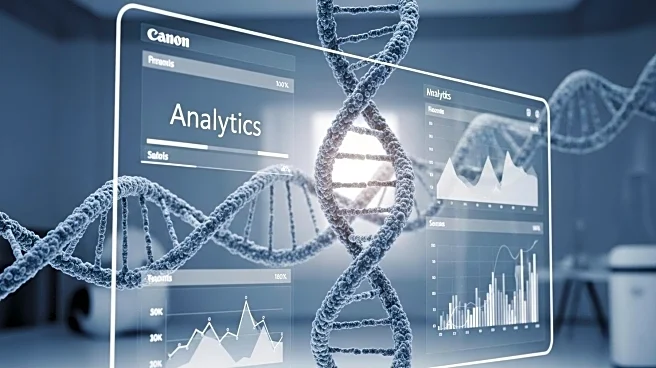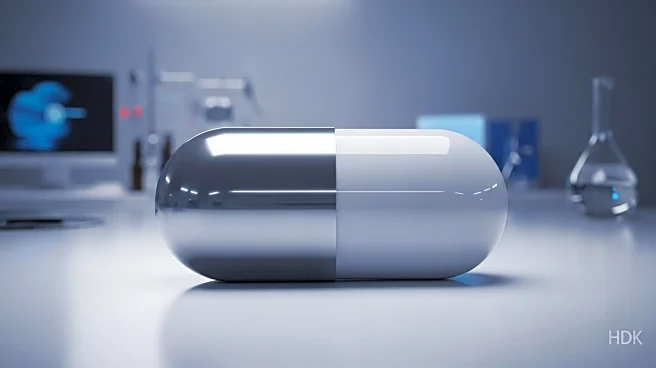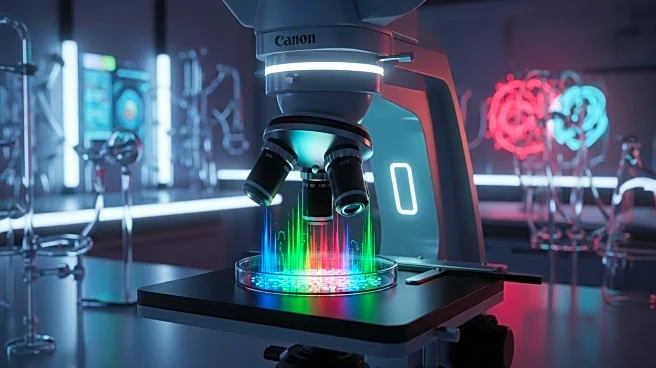What's Happening?
Sana Biotechnology has successfully implanted CRISPR-edited pancreas cells into a person with type 1 diabetes, marking a significant medical milestone. These cells, derived from a deceased donor, have been engineered to evade immune detection, allowing them to produce insulin without the need for immune-suppressing drugs. This development offers hope for a long-term cure for type 1 diabetes, a condition that affects millions and requires constant monitoring and insulin injections. The approach involves using gene edits to cloak stem cells, which are then developed into insulin-secreting islet cells. While the initial results are promising, the study involved only one participant and further research is needed to confirm the efficacy of this treatment.
Why It's Important?
The advancement in CRISPR technology by Sana Biotechnology could revolutionize the treatment of type 1 diabetes, potentially reducing the dependency on insulin injections and the risks associated with immune-suppressing drugs. This could lead to improved quality of life for patients and reduce healthcare costs associated with diabetes management. The ability to produce insulin-secreting cells without immune rejection could pave the way for broader applications in treating autoimmune diseases. However, the technology is still in its early stages, and further validation is required to ensure its safety and effectiveness.
What's Next?
Sana Biotechnology plans to continue its research to confirm the immune-cloaking capabilities of the edited cells and their long-term efficacy in insulin production. The company aims to expand clinical trials to include more participants and higher doses of cells to achieve insulin independence. Regulatory approval will be sought as more data becomes available, and other biotech firms are likely to explore similar approaches, potentially leading to competitive advancements in diabetes treatment.
Beyond the Headlines
The ethical implications of gene editing in humans remain a topic of debate, particularly concerning long-term effects and accessibility. The success of this technology could lead to increased interest in genetic modifications for other diseases, raising questions about the regulation and control of such treatments. Additionally, the reliance on donor cells highlights the need for advancements in stem cell technology to address donor shortages.











